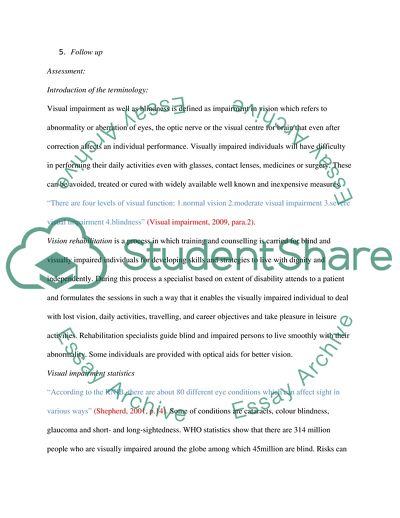Cite this document
(Describing and Illustrating the Rehabilitation Process - Visual Case Study, n.d.)
Describing and Illustrating the Rehabilitation Process - Visual Case Study. Retrieved from https://studentshare.org/health-sciences-medicine/1735175-describing-and-illustrating-the-rehabilitiation-process
Describing and Illustrating the Rehabilitation Process - Visual Case Study. Retrieved from https://studentshare.org/health-sciences-medicine/1735175-describing-and-illustrating-the-rehabilitiation-process
(Describing and Illustrating the Rehabilitation Process - Visual Case Study)
Describing and Illustrating the Rehabilitation Process - Visual Case Study. https://studentshare.org/health-sciences-medicine/1735175-describing-and-illustrating-the-rehabilitiation-process.
Describing and Illustrating the Rehabilitation Process - Visual Case Study. https://studentshare.org/health-sciences-medicine/1735175-describing-and-illustrating-the-rehabilitiation-process.
“Describing and Illustrating the Rehabilitation Process - Visual Case Study”. https://studentshare.org/health-sciences-medicine/1735175-describing-and-illustrating-the-rehabilitiation-process.


